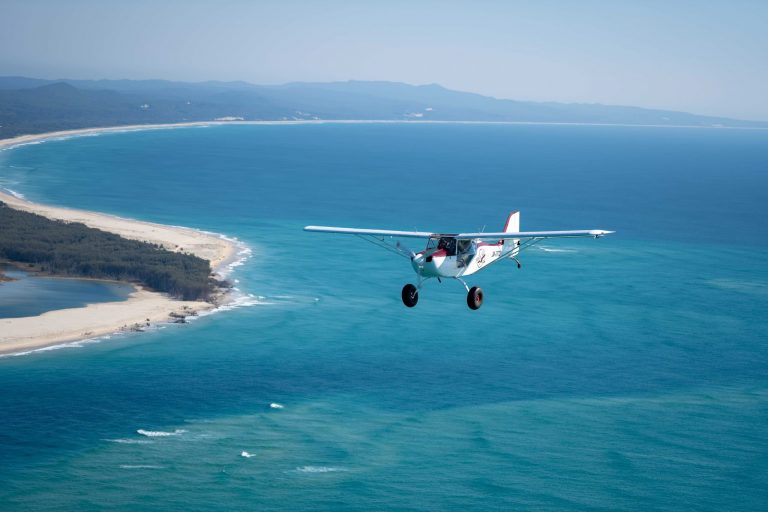WHY YOU NEED TO LEARN TO FLY IN VARIED CONDITIONS

Here at Stick ‘n Rudder, ensuring our pilots learn to fly in varied conditions is something we focus on in our courses. Varied conditions involve learning to fly in different weather conditions, as it won’t always be perfect blue skies every time you fly. Therefore, we want our pilots competent and confident in all conditions for when they are flying on their own.
In this blog, we explore the importance of learning in varied conditions, what this means and why we focus on it.
In this blog, we explore the importance of defensive flying, what it enables our pilots to do and why we focus on it.
Why is Learning to Fly in Varied Conditions Important?
Learning to fly in different conditions ensures our pilots:
- Improve their decision making - Learn what conditions are ok and not ok to fly in.
- Improve their ability to assess changing weather conditions.
- Gain confidence through being competent at flying in varied conditions - Weather forecasts are not always accurate, and the conditions may be worse than expected on arrival.
- Learn how to plan for contingencies/alternates.
- Set personal limitations. The aircraft might be capable of certain conditions but it’s important to learn your limits and try to improve on them.
What do Varied Conditions Include?
Varied Conditions mean learning to fly in a range of weather conditions, to best prepare pilots to navigate them when flying on their own. These conditions include:
- Smooth air
- Gusting winds
- Strong winds
- Crosswinds
- Head/tailwinds
- Convective atmosphere (hot/cold air rising/descending)
- Reduced visibility due to rain or smoke
How does Stick n’ Rudder focus on Varied Conditions?
At Stick n’ Rudder, we offer half and full-day course training structures. This provides our instructors with flexibility to conduct the right training in the right conditions depending on each students’ requirements in their course of training.
- The tailwheel aircraft allows us to access more strips than a nosewheel aircraft, this exposes our students to varying conditions at the many strips we operate.
- We land on bush strips and unprepared surfaces, so our students are confident in the event they are forced to use their superior flying skills in bad weather. We take the fear out of this type of landing.
Which courses involve flying in Varied Conditions?
All our courses involve practicing in varied conditions, but particularly our Learn to Fly courses (RPC, RPL, PPL) and the bush flying elements of the tailwheel course.
Ready to Become an Accomplished Pilot?
Our aim is to not just teach pilots how to fly but how to fly in varied conditions to be prepared for any situation that may arise. This ultimately makes them more competent and confident pilots when taking to the skies.
